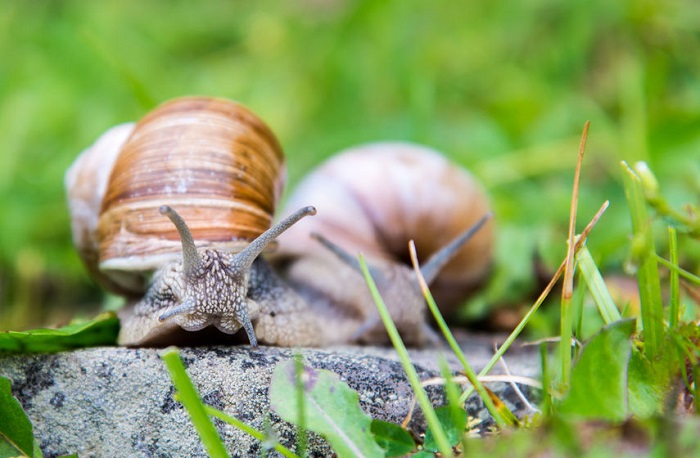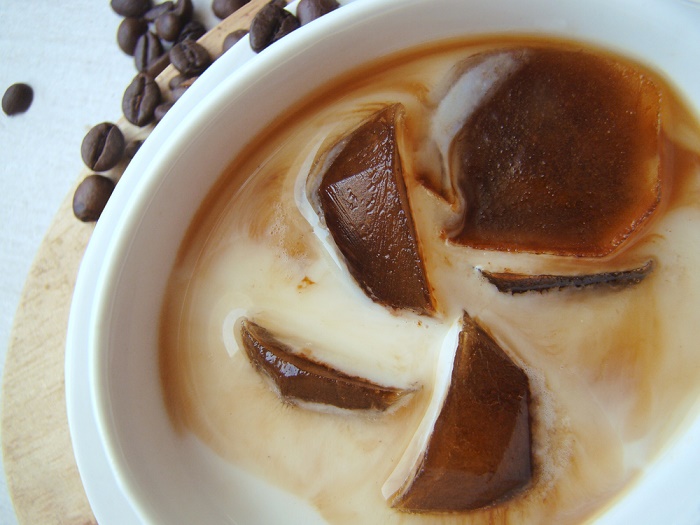Slugs and snails can become a pest in our garden, since these mollusks can easily devour vegetables and shoots, causing havoc and great loss, the humid environment favors slugs, so it is important to know how to eliminate them. slugs from our garden and in an ecological way.

Snails and slugs turn out to be a gardener’s bane, and have been for many generations. And while many have developed methods to control these slimy pests over time, some methods work better than others.
Our goal in creating this ” ultimate guide ” to show the different ways on how to kill snails and slugs, or simply control them, so that you can choose which method or combination of methods works best to eradicate them from the garden based on your needs.
Methods to eliminate slugs and snails.
The slug and snail control methods listed below are in no particular order, but all of these methods are organic and natural. The basic fact is that all of these methods work to varying degrees, and after reading this guide, removing slugs and controlling snails will be much easier for you.
Difference between slugs and snails.
Before we begin, let’s take a quick look at the difference between slugs and snails that is probably obvious to you, but let’s take a quick look anyway. It is always easier to get rid of a pest when its habits and life cycle are understood.
What are snails and slugs like?
It does not hurt to clarify, but slugs do not have a shell and can be slightly darker than the body of a snail, the shell of snails usually increases in thickness according to their age. But most slugs and snails are dark or light gray, brown, green, or black; some have darker spots. They leave a slimy trail like mucus or slime (hence their name) behind them. The eggs are clear, oval or round, and are deposited in gelatinous masses.
Damage to plants.
These pests can affect any type of plant that is tender, mainly lettuce.
Both slugs and snails feed primarily on decaying plant matter. They also feed on succulent plant tissues and young leaves, foliage, stems, and fruits. These mollusks can completely demolish a bed and seriously damage shoots and young plants.
Snails and slugs can climb trees and bushes to feed. Pests are highest in wet years or seasons, and in regions with humid or high rainfall conditions.
Life Cycle of Slugs and Snails.
Adult snails and slugs lay egg masses in damp soil, or under rocks or containers, or yard debris. The eggs hatch in 2 to 4 weeks. Slugs grow for 5 months to 2 years before reaching maturity; snails take 2 years to reach maturity.
Methods to eliminate slugs and snails.
Hand picking before anything else.
Manual harvesting and elimination of slugs and snails works, because if you gather all the adults together before reproducing, you will prevent the plague from becoming endless, and the little ones will not do more damage.
You can do this for days, or go out at night with a flashlight and pick them up by hand, you have several options, you can collect them and eradicate them away from your garden in a bag, or you can eliminate them by putting them in salted water to exterminate the pest.
Another way is to put a trap for them, such as one or more lettuce leaves, so that as many snails as possible climb up and thus collect them all together. Keep in mind that you should not wait long because they will devour the lettuce in a short time.
Repel snails naturally.
Snails and slugs have predators that can help us keep them out of the garden, these animals can be toads and turtles and some birds, you must take this into account in order to keep this pest out of our plants.
The use of eggshell can be very effective in preventing snails and slugs from climbing onto plants. You can put the eggshells in a circle around the plants.
Traps to eliminate slugs.
Beer and honey will be used to attract slugs and snails, the mixture must be in a plate that is sunk in the earth, this will simply make them drown, but for it to work it must be deep like a yogurt container for example.







